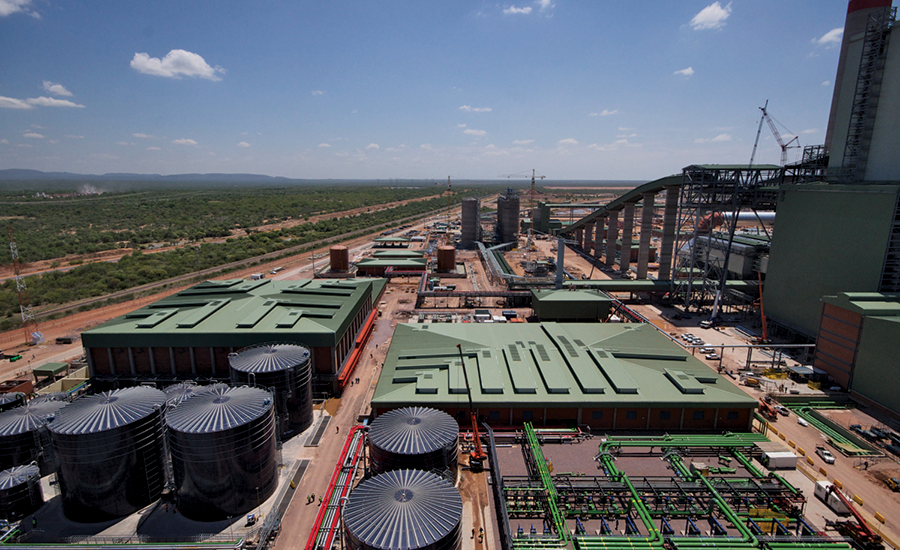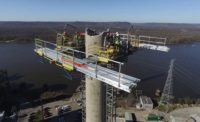The global energy sector is undergoing significant change, with more emphasis on renewable projects, microgrids and distributed generation, sector firms say.
“There is an ongoing shift to smaller generation projects, along with more renewable projects, specifically solar photovoltaic, wind, microgrids and distributed generation,” says Ed Walsh, president of Black & Veatch’s power business. “Renewables, microgrids and distributed generation also drive the need for a more robust and flexible transmission and distribution model.”
These changes are affecting not only the mix of generation choices but also the entire distribution system. “Development of renewable-energy systems will continue, and this will test the limits of grid stability,” says Roger Blair, president, U.S. industrial and energy sector, WSP | Parsons Brinckerhoff. “We’re also likely to see an increase in distributed generation and cogeneration projects, which represents a shift away from a centralized generation model, with more responsibility being placed on the consumer. Public expectations about the stability and reliability of the grid are rising past the point that utilities can economically justify.”
|
Click Here to View ENR's 2016 Global Sourcebook |
Sandy Taylor, president of SNC-Lavalin’s power sector, concurs. “Power markets are becoming more fragmented, with more independent power producers involved in generation,” he says. One aspect of this fragmentation is that “more consumers are generating power behind the meter,” he adds.
Looking further out, Taylor sees several developments that will influence how the power market will evolve, noting “the increased use of intelligent devices, the Internet of Things, advanced sensors and a more efficient use of our resources due to analytics and big data.”
Energy storage technology will inevitably play a greater role in the future, he says. “One trend we can expect is improvements in energy storage technology, as more electric vehicles are built and operated,” says Blair. Due to the rapid improvement of lithium-ion batteries that are being developed for electric cars, battery systems that store the electricity generated by solar arrays are entering the market for homeowners. Tesla launched its Powerwall battery system last year, and Daimler, the owner of Mercedes Benz, is planning to market its garage-mounted battery pack in 2017.
“Improvements in electrical storage will provide more and more demand for renewable power,” says Taylor.
Balancing these changes will be a significant challenge. “Dispatching of renewable energy will also become more prevalent, although more conventional, gas-fired base-load resources will be required to meet firm power commitments,” says Blair. “Coordination between these resources will be increasingly important as spinning reserves are whittled away.”
Nuclear energy is expected to play a greater role in Asia. “China has a very ambitious nuclear program and will surpass France and, eventually, the U.S.,” says SNC-Lavalin’s Taylor. In September, SNC-Lavalin signed a deal with two Chinese partners on a joint venture to build a Canadian Candu reactor that burns recycled uranium fuel twice. This process will reduce the environmental footprint of spent fuel, Taylor says.
Environmental regulation continues to drive the power market, specifically “a push to meet the Coal Combustion Residuals [CCR] and Effluent Limitations Guideline [ELG] requirements,” according to Tom Dodson, president of power and process, Americas, for Amec Foster Wheeler.
The U.S. Environmental Protection Agency’s ELG, issued in December 2015, tightens the standard on wastewater emitted by coal-fired and integrated gasification combined-cycle power plants.
The EPA’s CCR rule, issued in December 2014, lays out measures for the disposal of coal ash in landfills and surface impoundments.



